Other noteworthy people buried in the churchyard (1)
Thomas Bowler was a farmer at Manor Farm who was executed in 1812 for shooting and attempting to kill another farmer, named Burroughs, who had seduced his daughter. After hiding for a year, Bowler was arrested and hanged, despite considerable efforts to avert this. His body was retrieved by friends from the dissecting-room and brought by night to Perivale, and was buried near the entrance to the churchyard. .
Thomas Street of Ealing Common was transported to Australia after being convicted of theft from a house near Perivale. He was assigned to be servant to a widow, who he later married. They became successful traders and acquired great wealth. Eventually they returned to England and he was worth £200,000 at the time of his death. He was buried beneath in a costly white marble tomb in the churchyard, only a mile from the house where his crime was committed.
Henry Condell was born in 1799 and emigrated to Tasmania in 1822, where he became a successful brewer. He moved to Melbourne in 1839 and became the first mayor of Melbourne in 1842, and was subsequently chosen to become the second mayor. He amassed a considerable fortune, and returned to England in 1854, to live in Melbourne Lodge, Castlebar Park. His son, William, is buried in the churchyard, and the window at the North West corner of the nave is dedicated to his memory. It was vandalized after the church was closed in 1972, and restored by donation from the Mayor and Corporation of Melbourne.
Dr Anthony Todd Thomson was born in Edinburgh in 1778 and studied medicine there. He was a distinguished London physician in London with a large practice. He produced a Pharmacopeia which was the forerunner to the British Pharmacopeia, and was the first Professor of Therapeutics at London University (now University College). He died in 1849, and was buried in the churchyard. In 1912 one of his daughters complained that his grave was no longer easily found because of the crowded churchyard, so a marble tablet was erected on the south nave wall in his memory.
John Smith was born in 1781 and was a prominent art dealer and historian, with a particular interest in Dutch and Flemish art. He produced the ‘Works of the Most Eminent Dutch , Flemish and French Painters', from 1829 – 1837, a landmark publication in the history of art. He retired to a home in Hanwell which he named Bydorp House and died in 1855.
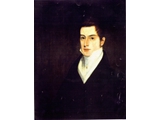 Henry Condell
Henry Condell
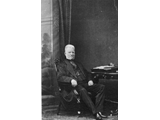 Henry Condell
Henry Condell
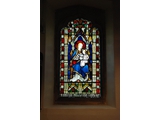 Condell window
Condell window
 Anthony Todd Thomson
Anthony Todd Thomson
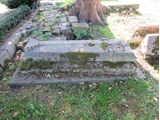 Thomson grave
Thomson grave
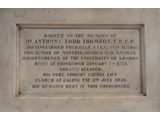 Anthony Todd Thomson memorial in the nave
Anthony Todd Thomson memorial in the nave
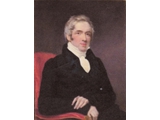 John Smith
John Smith
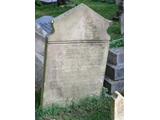 John Smith grave
multiple lightbox galleriesby VisualLightBox.com v6.1
John Smith grave
multiple lightbox galleriesby VisualLightBox.com v6.1
Previous .......................................................Point mouse to enlarge any image......................................................Next
Home
| Events Archive | Musicians | History | Pictures
| Video | Friends
| Contact Us
Search